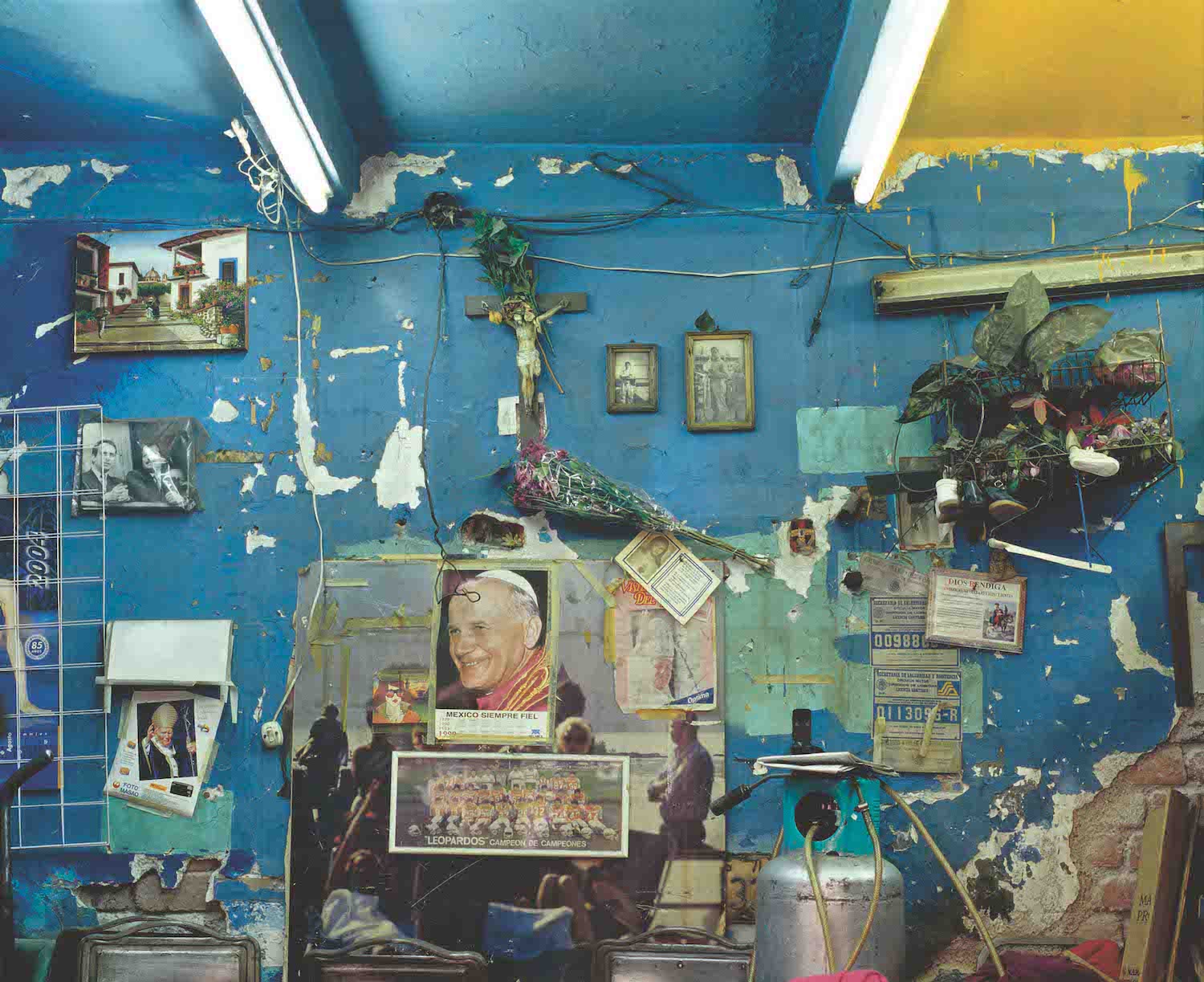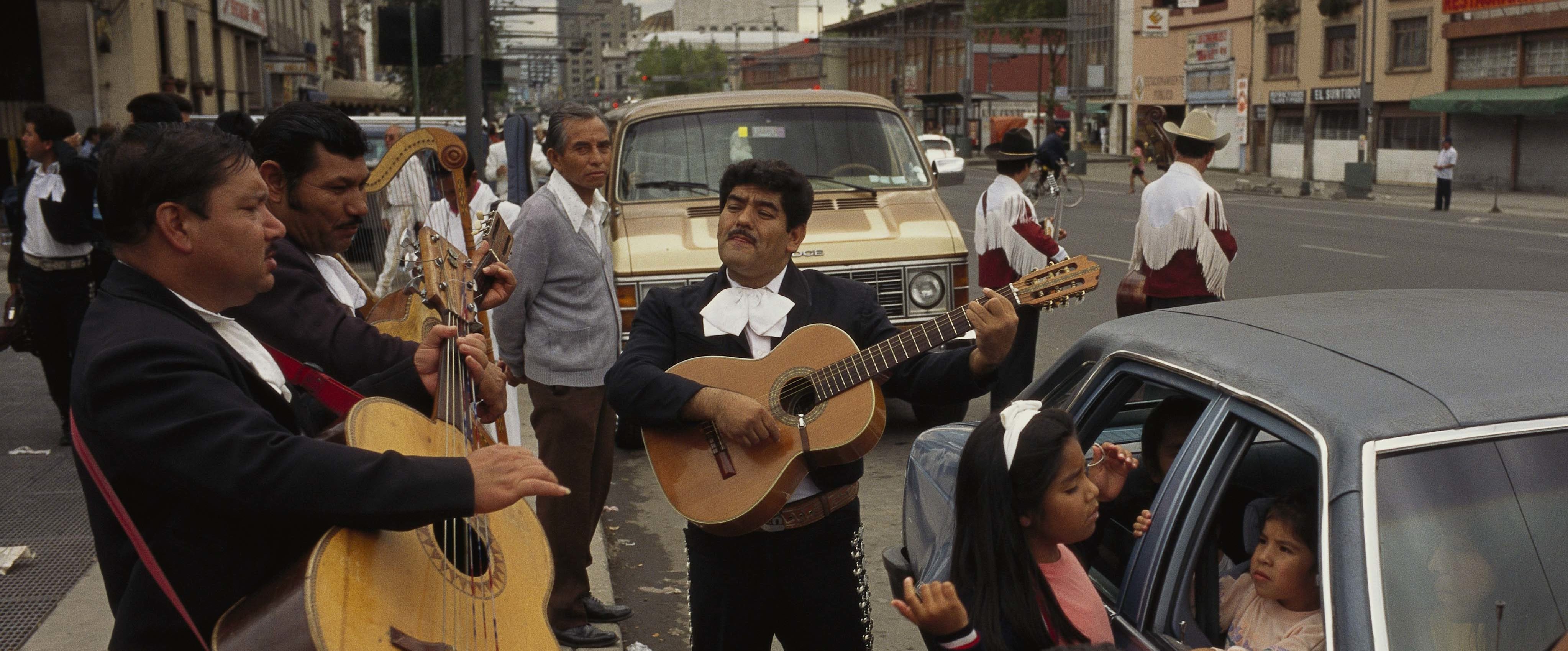The city centre in its current form is thanks—in large part—to the vision of former billionaire Lebanese Prime Minister Rafik Hariri, assassinated in 2005. Having amassed a great fortune in Saudi Arabia during the civil war in Lebanon, he returned home to spearhead the reconstruction of the Beirut Central District by Solidere, a private developer for which Hariri was both political enabler and largest shareholder.
In his 2014 PhD thesis, for the London School of Economics and Political Science, Hadi Makarem writes that Hariri’s “neoliberal agenda” and the creation downtown of “exclusive spaces of consumption” catering to the rich ultimately entailed “the expenditure of public resources on corruption and patron-client exchanges allow[ing] Hariri and his entourage to push forward special laws and decrees, which in turn, allowed them to appropriate as much rent as possible from the reconstruction effort”.
Of course, the new circumstances offered plenty of exciting opportunities across the sectarian spectrum to make a buck off the system.
—Belen Fernandez, “From Paris of the Middle East to a depressing Hollywood film set: How gentrification changed Beirut,” Middle East Eye, 2017


